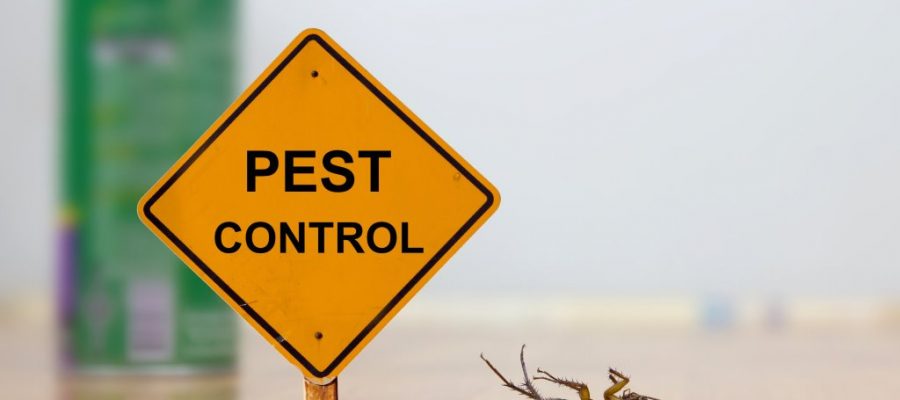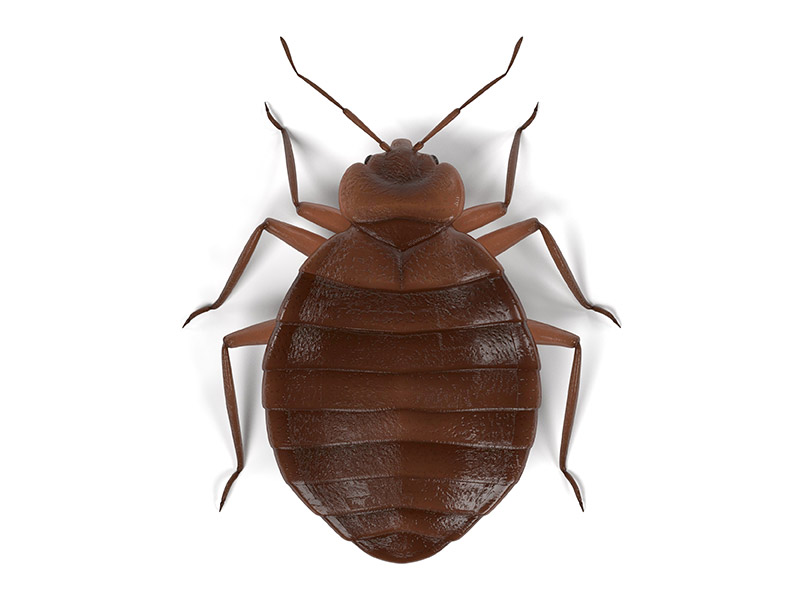Protect your home safe with Pest Control and avoid future infestations.
Protect your home safe with Pest Control and avoid future infestations.
Blog Article
Eco-Friendly Pest Control Approaches for Taking Care Of Wild Animals in Urban Areas
Urban areas usually discover themselves at the crossway of human task and wildlife, resulting in distinct challenges in insect monitoring. Eco-friendly approaches highlight lasting conjunction, employing techniques such as habitat alteration and natural repellents to reduce human-wildlife problems. These techniques not only safeguard the setting however additionally improve area interaction in wildlife management. As urban populations continue to expand, recognizing the dynamics of wild animals interactions becomes progressively vital. What ingenious methods can be executed to make sure both ecological equilibrium and city safety? Exploring this inquiry exposes a compelling landscape of prospective options.
Recognizing Urban Wildlife Characteristics
Comprehending Urban Wildlife Dynamics is important for creating reliable and eco-friendly pest control strategies. Urban areas are progressively becoming environments for various wild animals types, driven by elements such as habitat fragmentation, food schedule, and human encroachment. Acknowledging these characteristics enables a nuanced technique to pest management that lines up with eco-friendly principles.
Urban wildlife often includes types such as raccoons, squirrels, and birds, which adjust to city atmospheres, finding niches in green rooms, parks, and even suburbs. Their existence can cause conflicts with human beings, specifically when they make use of human resources for food and shelter. Comprehending the habits and ecological duties of these types educates strategies that decrease negative communications while advertising biodiversity.
Furthermore, recognizing the interdependencies within city ecosystems assists in determining essential locations for environment conservation and reconstruction. This understanding adds to the development of incorporated pest administration (IPM) techniques that think about the eco-friendly balance, consequently decreasing dependence on damaging chemicals. By cultivating coexistence in between people and metropolitan wild animals, cities can develop much healthier atmospheres that profit both citizens and neighborhood ecosystems, leading the way for sustainable city living.
Natural Repellents and Deterrents
Natural repellents and deterrents supply a sustainable choice to standard insect control approaches by harnessing the power of nature to keep undesirable varieties at bay. These green options commonly utilize plant-based components, crucial oils, and various other normally occurring substances that prevent pests without hurting the atmosphere.
One effective all-natural repellent is peppermint oil, which is understood to drive away rats and pests. Its strong scent is unpleasant to lots of pests, making it a preferred selection for metropolitan setups. Likewise, vinegar and citrus peels can work as deterrents, as their strong smells are generally unappealing to numerous wildlife.
In addition, diatomaceous earth is a natural powder that can be spread in areas vulnerable to bug activity, effectively dehydrating and hindering pests without positioning threats to non-target varieties. Garlic sprays and neem oil are acknowledged for their capacity to fend off a vast range of pests, consisting of both bugs and bigger wildlife.
Implementing these all-natural repellents not just reduces dependence on chemical pesticides but likewise promotes a healthier urban community, fostering a much more well balanced coexistence between human beings and wild animals. By using these approaches, city areas can effectively handle insect populaces while lessening environmental influence.
Habitat Modification Strategies
Reliable habitat adjustment methods play a vital role in sustainable pest monitoring by modifying the environment to make it much less for pest invasions. By understanding the environmental dynamics of urban locations, residential property owners can apply critical adjustments that deter bugs while advertising biodiversity.
(Earwig control Port Charlotte)One key strategy includes keeping proper hygiene. This includes normal waste removal, protecting garbage can, and removing standing water to lower breeding websites for bugs and rodents. Furthermore, landscape design methods such as picking indigenous plants can enhance ecological equilibrium, offering environments for valuable microorganisms while reducing resources for insects.
An additional vital technique is to secure entry points in structures. Examining and repairing fractures in structures, wall surfaces, and home windows can substantially decrease bug accessibility. Additionally, creating physical barriers, such as fences or plant buffers, can hinder wild animals movement into human-inhabited locations.
Integrated Parasite Administration Practices
Structure upon habitat modification techniques, integrated bug administration (IPM) methods supply an all natural strategy to controlling bug populations while minimizing ecological influence. IPM integrates different methods, consisting of biological, social, mechanical, and chemical controls, to achieve efficient parasite administration.
Biological control involves the intro of natural killers or bloodsuckers to decrease parasite populations. Cultural techniques, such as plant rotation and cleanliness, interfere with pest life cycles and decrease their habitats - Pest control service. Mechanical controls, like traps and barriers, provide immediate relief from pest stress without chemical intervention
Chemical controls are made use of as a last resource, focusing on targeted applications that limit injury to non-target types and the setting. The choice of eco-friendly chemicals, when required, is essential to the IPM structure. Furthermore, keeping an eye on pest populations and analyzing potential damages helps notify decision-making, ensuring that treatments are prompt and reliable.
Community Participation and Education

(Mole Removal)Workshops and informative sessions can equip residents with knowledge concerning native types, habitat preservation, and efficient safe pest management methods. Collaboration with colleges, regional organizations, and federal government firms better enhances instructional outreach, making sure that necessary information reaches diverse target markets.
Furthermore, community-led initiatives, such as community clean-up days and habitat reconstruction tasks, not only promote biodiversity however additionally strengthen community connections. Pest Control. By urging citizens to share their experiences and observations, neighborhoods can develop targeted strategies that deal with certain local pest problems
Including feedback from locals into parasite monitoring intends allows a more receptive and adaptive strategy to wildlife obstacles. Ultimately, educated and involved neighborhoods are crucial to attaining long-lasting success in environment-friendly bug control, leading to much healthier city environments that respect both human and ecological demands.

Verdict
Finally, green pest control comes close to deal lasting services for taking care of urban wildlife. By prioritizing environment alteration, making use of all-natural repellents, and carrying out incorporated insect administration techniques, neighborhoods can promote an unified coexistence with regional fauna. Involving locals via education boosts awareness and urges liable wild animals communications. Eventually, these strategies not only safeguard biodiversity but additionally advertise ecological wellness, making sure urban areas continue to be lively environments where human beings and wildlife flourish with each other.
Report this page